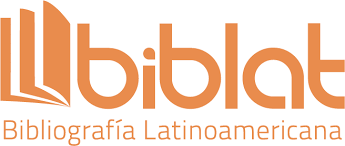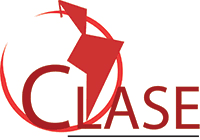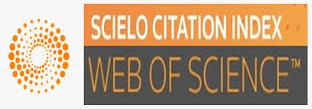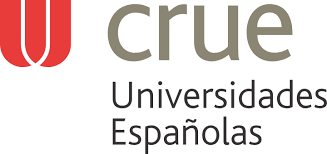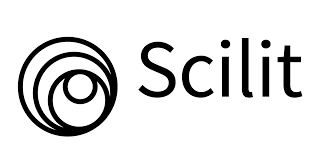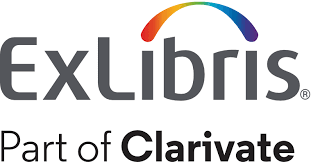Water use estimation in the washing process of unbound granular aggregates. Case of study: hot mix asphalt design
DOI:
https://doi.org/10.22335/rlct.v11i1.673Keywords:
water, water consumption in the laboratory, washing of unbound granular aggregates, environmentAbstract
Large quantities of water are consumed during the washing of granular aggregates in laboratory tests. In this study, the volume of water used when is designed a hot mix asphalt - HMA was estimated. Besides, the effect of washing the aggregate in different quantities of mass and with two levels of water speed flow was evaluated. An analysis of variance (ANOVA) was performed to verify if the results obtained are significant or statically equal. As a general conclusion, it is reported that water consumption decreases significantly when larger amounts of material are washed at the same time and used to wash the particles, lower flow rates.
Downloads
References
Bekchanov, M., Sood, A., Pinto, A., and Jeuland, M. (2017). Systematic review of water-economy modeling applications. Journal of Water Resources Planning and Management. 143(8). doi.org/10.1061/(ASCE)WR.1943-5452.0000793.
Bogardi, J. J., Dudgeon, D., Lawford, R., Flinkerbusch, E., Meyn, A., Pahl-Wostl, C., Vielhauer, K., and Vörösmarty, C. (2012). Water security for a planet under pressure: interconnected challenges of a changing world call for sustainable solutions. Current Opinion in Environmental Sustainability. 4(1), 35-43. doi.org/10.1016/j.cosust.2011.12.002.
Endo, A., Tsurita, I., Burnett, K., and Orencio, P. M. (2017). A review of the current state of research on the water, energy, and food nexus. Journal of Hydrology: Regional Studies. 11, 20-30. doi.org/10.1016/j.ejrh.2015.11.010.
Feng, X., Liu, Q., Yin, L., Fu, B., and Chen, Y. (2018). Linking water research with the sustainability of the human–natural system. Current Opinion in Environmental Sustainability. 33, 99-103. doi.org/10.1016/j.cosust.2018.05.012.
Instituto Nacional de Vías – INVIAS. (2013). Especificaciones Generales de Construcción de Carreteras. Bogotá D.C., Colombia.
Instituto Nacional de Vías – INVIAS. (2013a). Normas de Ensayos de Materiales. Bogotá D.C., Colombia.
Karimi, P., Qureshi, A. S., Bahramloo, R., and Molden, D. (2012). Reducing carbon emissions through improved irrigation and groundwater management: A case study from Iran. Agricultural Water Management. 108, 52-60. doi.org/10.1016/j.agwat.2011.09.001.
Maarouf, I., and Girrieow, M. A. (2017). Water and sustainable development in Misratah. Procedia Environmental Sciences. 37, 164-181. doi.org/10.1016/j.proenv.2017.03.032.
Montoya, F. G., Baños, R., Meroño, J. E., and Manzano-Agugliaro, F. (2016). The research of water use in Spain. Journal of Cleaner Production. 112(Part 5), 4719-4732. doi.org/10.1016/j.jclepro.2015.06.042.
Roncancio Parra, N., & Espinosa, H. (2010). Un breve acercamiento a la formación de los semilleros de investigación. Precisiones acerca de algunas diferencias entre la formación investigativa y la investigación formativa. Revista Logos, Ciencia & Tecnología, 2 (1), 152-157.
US NIC (United States National Intelligence Council). (2012). Global Trends 2030: Alternative Worlds. US NIC. Washington DC, USA, p. 137.
Vörösmarty, C. J., Green, P., Salisbury, J., and Lammers, R. B. (2000). Global water resources: vulnerability from climate change and population growth. Science. 289(5477), 284-288. doi.org/10.1126/science.289.5477.284.
Downloads
Additional Files
Published
Issue
Section
License
This journal provides free and immediate access to its content (https://creativecommons.org/licenses/by/4.0/legalcode#languages), under the principle that making research available to the public free of charge supports greater global knowledge exchange. This means that the authors transfer the Copyrights to the journal, so that the material can be copied and distributed by any means, as long as the authors’ recognition is maintained, and the articles are not commercially used or modified in any way.

